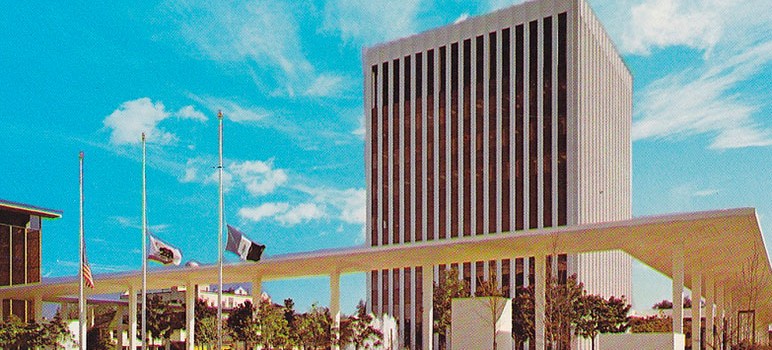Yes on Measure D
Voters in Palo Alto are being asked to strike a balance between the merits of democracy and government efficiency. This one isn’t a difficult call. Palo Alto has long had a bloated City Council. In 1972, voters shrunk the council from 15 to nine members. This year, voters will decide whether to reduce the size to seven. The latest proposal landed on the ballot in a 5-4 vote, after Mayor Nancy Shepherd, Vice Mayor Liz Kniss and Councilwoman Gail Price noted that downscaling could improve efficiencies and reduce costs. With nine members all waiting for a turn to speak, council meetings routinely carry on past midnight. Shrinking the size of the council will save taxpayer money and allow for more public comment. Vote "yes" for Measure D.
Yes on Measure C
Palo Alto’s utility tax was created in 1987 to raise money for a community center’s lease and to pay for street repairs and sidewalks. Today, it pulls in 7 percent of the city’s general fund revenue, which amounted to $11 million last year. While the tax continues to generate money for infrastructure repairs, the City Council placed Measure C on the ballot to modernize the tax to apply to a wide range of communications technologies instead of just landlines. The inclusion of cell phones, fiber optics and wireless Internet will broaden the tax base while lowering the rate will from 5 to 4.75 percent. Vote “yes” on Measure C.
Yes on Measure B
Raising the hotel tax from 12 to 14 percent in Palo Alto would generate another $31 million for much-needed sidewalks, streets, bridges and parks maintenance while adding off-street parking in some neighborhoods. The tax base stands to expand, too, as five new hotels are slated to open soon. The best part: Out-of-towners, rather than residents, will have to foot the bill. Vote “yes” on Measure B.
For official ballot descriptions of local measures, go to the Registrar of Voters website.

